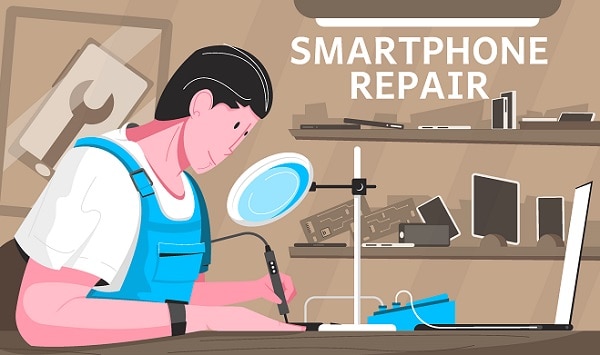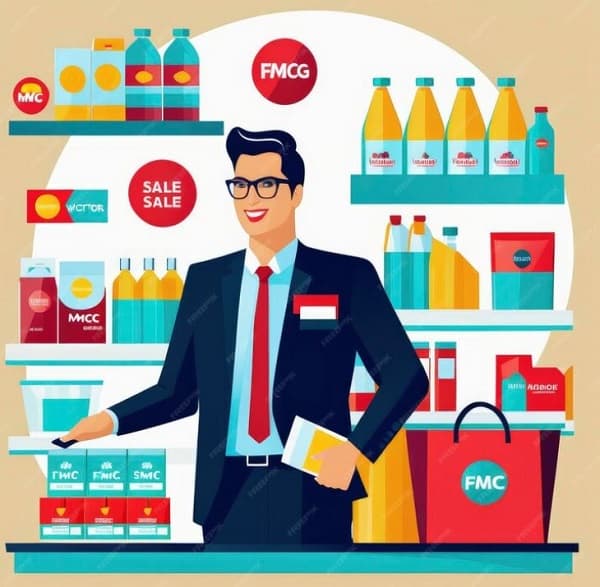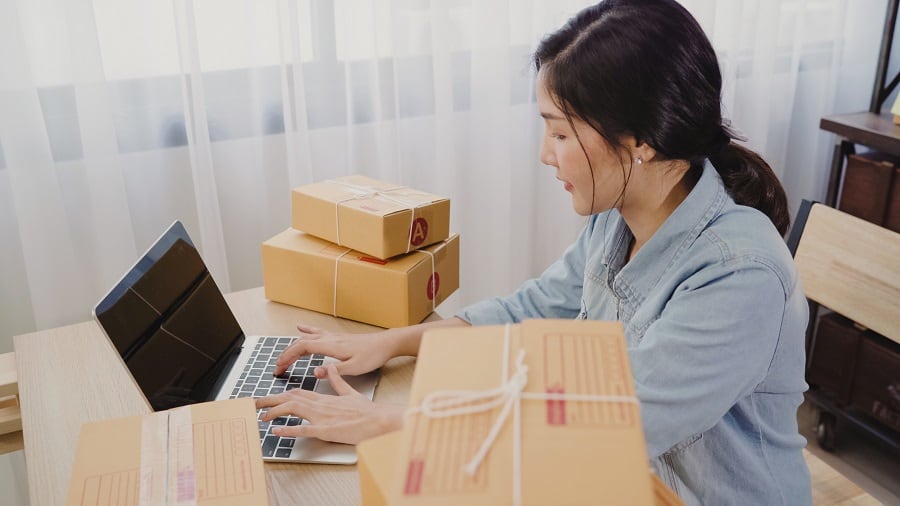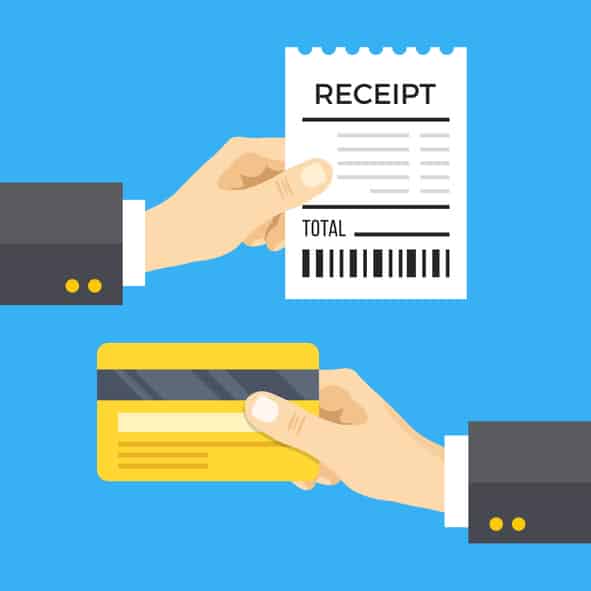It’s a good time to start a business for several reasons.
First, technology has significantly lowered entry barriers and operational costs for many industries. This allows entrepreneurs to leverage digital platforms for marketing, sales and operational efficiency.
Second, evolving consumer preferences and needs create opportunities for innovative and niche business ideas.
With strong consumer and government support for local businesses, the current landscape offers ample room for creativity, adaptability and strategic entrepreneurship to turn small business ideas to life. So if you have a nest egg of P100k, you have many options to launch a small or online enterprise.
Also read: 8 Government Programs for Micro-Businesses and SMEs
10 ideas for business with 100k capital
Starting a business with 100k capital requires careful planning and consideration of the local market. Yes, it’s still a fair bit of money, but you won’t have to sell a kidney if your small business goes bust.
Here are 10 business ideas that you can explore to help you get started.

1. Offer hard-to-find beauty and #selfcare products
People always need products that will help them enhance their physical appearance, maintain good hygiene and boost their overall well-being. This presents an opportunity to sell affordable beauty and self-care essentials, such as home moisturizers, face masks, exfoliants, toners, anti-acne creams and more.

But because you only have a capital of Ph100K, we recommend starting small or hedging your bets with an assortment of affordable but hard-to-find beauty products or brands.
#NinjaTip: Ninja Direct will help you consolidate suppliers and brands from China or other SEA countries in one platform, to source hard-to-find items overseas and have them shipped to your location. Contact Ninja Direct today!
2. Become an online seller
Start an ecommerce business by selling products on popular online platforms like Lazada and TikTok. You can focus on a specific niche such as fashion, accessories or beauty items.
If you don’t have any particular niche, you can sell assorted merchandize that includes popular items online. Learn to be social media savvy so you can attract more customers and purchases in your shop.
For example, live selling on Facebook and TikTok can help you make quick sales and build a strong following. Check out tips on How to Win at Live Selling.
3. Franchise food cart or food stall
Offer popular Filipino snacks like fish balls, kwek-kwek, or barbecue near high-traffic areas like schools or offices. Minimum capital range from P10,000 – P20,000. Affordable meals on the go are also profitable and requires a small capital.
We advise getting an established franchise business as it will be easy to set up and customers would already be familiar with it. You’ll spend less on marketing and branding, and focus on growing your customers.
Here are some tips on Choosing the Best Franchise Business in the Philippines.

and low-ways to start your own business.
4. Sell home baked goods
If you love baking, open a small bakery offering freshly baked goods such as bread, pastries, and cakes.
Or start small with cookies, cupcakes or other treats sold online or at local markets. You can also target your local communities and set up a small kiosk in a busy area.
Remember to invest in good packaging and branding. Use eco-friendly packaging materials the will keep the treats fresh and secure during delivery.
5. Sell organic and vegan-friendly food
Research shows there’s a growing market for Filipino consumers willing to buy organic food, even if it’s more expensive than conventionally-grown food products.
The DTI is also calling on local food exporters to produce more plant-based foods to tap into the rapidly growing market for vegan food, which is predicted to be worth US$30 billion by 2027 in Asia-Pacific alone.
You can look for wholesale distributors of organic and plant-based food products to capitalize on the growing demand for vegan food.
6. Open a mobile repair shop
If you like tinkering with gadgets and is good with technology, open a mobile phone and gadgets repair shop in your area. Offer services like screen replacement, battery replacement, and software troubleshooting.
You can promote your business or boost your online presence by offering your expertise online, through social media, blog or vlogs. Who knows, you could also be an influencer in the making!

7. Have your own pre-loved fashion boutique
Pinoy fashionistas love a bargain. Source trendy second-hand clothing and accessories online or at thrift stores, then resell them through online platforms or pop-up shops. Vintage clothing or collectibles are highly sought after by customers, which makes them more profitable to sell.
Many people have items they no longer need or use, and selling them can help declutter their homes and earn some extra cash. So, you’re also helping them out.
You’re also not confined to your shop, you can sell your second-hand items in different online platforms so more customers can find them and sell them faster.
8. Start a vending machine business
This type of business gives you passive income, but the location to set up your vending machine and choosing the products to sell will be crucial.
Buying a brand new small to medium-sized vending machine can cost you between 30K-45K, while bigger ones can go for 100K-200K++ depending on the brand and product types. You can offer coffee, juice, soda and snacks for people who are on the go.
Make sure to put your machines in areas where there aren’t nearby stores selling similar items. There are also companies offering machines for lease, which is good if you can’t afford one yet or if you want to try out the business first.
9. Sell imported fast-moving consumer goods
Filipinos love global brands when it comes to fast-moving consumer goods (FMCG) like toiletries, beverages, chocolates, biscuits, chips, condiments and more. This explains the popularity of superstores like Landers and S&R, which sell products imported from the US and Australia at competitive to high prices.
It’s next to impossible to go head to head with these stores, so look for international sellers that offer cross-border shipping to the Philippines.
Pay attention to trending products as well, as they would sell for a good price. You can make profits while giving customers a more affordable way to buy them.

a profitable business idea.
10. Start small-scale farming
Have green thumbs? Invest in agriculture by starting a small-scale farming venture. You can focus on growing organic vegetables, herbs or ornamental plants for the health-conscious consumers. Sell them online or in your local market.
You don’t need a big land, too. Hydroponics is a new technology of growing plants without soil. You can grow fruits and vegetables without pests from the soil, viruses, bacteria or even weeds.
You can also cultivate your own nursery for indoor plants. Sell trendy houseplants and offer care tips, accessories and other products. Become an agripreneur and earn profits ethically.
5 Ways to Stretch Your 100k Small Business Capital
Pero hanggang saan aabot ang P100k capital mo sa negosyo? If you’re planning to turn your passion into a successful business, you’ll improve your chances of success by knowing how to use your seed fund properly.
1. Do everything yourself (at the start)
Even the most successful entrepreneurs today flew solo when launching their empires. But it’s not all about stress at the start! There are benefits to being a one-person show when your business is just taking root.

First, you save money. Cash you don’t spend on payroll goes towards essential capital expenses, like inventory and essential equipment, helping you maximize your PHP100,000 small business capital.
Second, doing everything yourself is a wonderful learning opportunity — a crash course on the ins and outs of the industry you’re operating in, and the people you need to deal with. All the mistakes are your responsibility, but all the wins are yours as well.
Of course, you need to know when to start delegating to others. As your business grows, you eventually reach a point where you can’t afford to do everything yourself.
2. Double down on strategies that work
Mistakes can be expensive at the beginning of your business. You can’t afford to waste time and money on ineffective strategy. But finding an effective strategy can be hard for an inexperienced entrepreneur!
Fortunately, there’s a simple dynamic to follow. If you follow a simple strategy and it works, increase your investment in that strategy. If your Facebook ads get noticed by the right people, then double your budget for Facebook ads. If your Korean BB cream gets sold out on a regular basis, increase your stock of that item.
3. Find a way to scale operations
Starting too big at the beginning will kill your business before it gets off the ground. To ensure a sustainable business, start small, and only expand your business when you feel justified by rising turnover and profits.

Smart economizing at the beginning can set the stage for larger investments later on. You can get discounts when you buy wholesale; find out if you can afford volume purchases to buy stock, particularly for fast-moving items that allow you to recoup the high acquisition costs.
When your operations experience a rise in demand that outpaces your new expenses, then you know it’s time to scale up!
4. Know when to use “free” services and when to splurge
Free online services can provide great value to your starting business without increasing your capital expenditures. Sites like Canva (for social media artwork), WordPress (for blog hosting) and Hootsuite (for social media post scheduling) let you produce professional-looking results without paying professional-level fees.
Again, when your company scales to a certain level, free services will no longer provide the kind of output your growing business deserves. Don’t “cheap out” on valuable professional services, like copywriting, accounting or logistics.
In fact, with a little experience, you’ll learn the right time to invest in value-added services from trusted suppliers. Ninja Van, for instance, offers tailor-fit business solutions to streamline your operations — from warehousing and fulfillment to supply chain restocking to last mile deliveries.
5. Be strict about payments from customers
Being “nice” in business has its place. You may think it’s polite to wait for payments even when late or give in when customers ask to delay payments (that’s going to happen a lot). But instead of helping your business, it actually sends a signal you’re not concerned about getting paid!

it will be bad for your cash flow.
Take measures to encourage speedy payment from customers, like highlighting due dates in all your invoices; sending out overdue notices whenever required. Set a downpayment policy, so that you’re not completely lugi even if customers default.
In extreme circumstances — when the losses of nonpayments justify the overhead costs — hire collection services to chase your debtors if payments are not being met.
Additional tips:
- Conduct market research. Identify a gap in the local market and cater to an underserved demand.
- Create a business plan. Outline your goals, strategies and financial projections.
- Network with other entrepreneurs. Seek advice and build connections for potential collaborations.
- Embrace technology. Utilize online platforms and digital marketing tools to reach your target audience.
- Stay flexible and adapt. Be willing to adjust your strategies based on market trends and customer feedback.
P100K business capital is just the beginning
P100k is a lot if you’re splurging on luho, but surprisingly little if you’re planning to set up a sustainable business. The risks in setting up your own business are too big for you to “bahala na si Batman” your way through.

Remember, success depends on your passion, dedication and willingness to learn. Choose an idea that excites you and aligns with your skills and resources.
Manage your resources well and grow your business by working with a partner that will optimize your business for growth. Ninja Van is here to provide customized solutions for your current and future needs. Our tech-driven services include:
- Sourcing and Procurement
- Warehousing and Fulfillment
- Supply Chain Restocking
- Cross border Ecommerce
- Express Delivery
No need to look for different suppliers and teams. Work with experts in the logistics industry when you partner with Ninja Van.
Discover what Ninja Van can do for your business!







